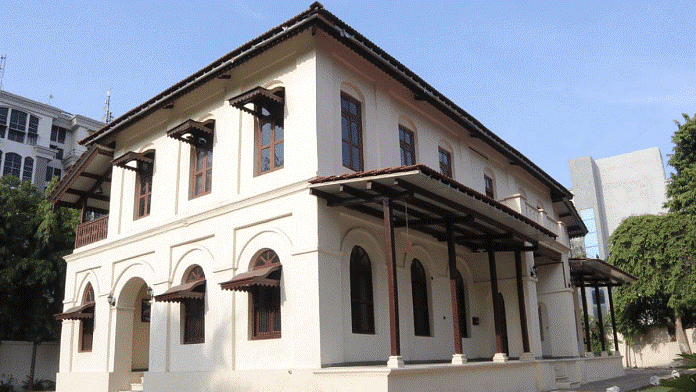Free Courses Sale ends Soon, Get It Now


Free Courses Sale ends Soon, Get It Now



Disclaimer: Copyright infringement not intended.
Context
Details
Kochrab Ashram
Sabarmati Ashram
Sevagram Ashram
Tolstoy Farm
The Salt March
Objectives
Events During the March
Aftermath and Legacy
|
PRACTICE QUESTION Q. Dandi March stands as a symbol of nonviolent resistance and a turning point in India's struggle for independence, leaving a lasting legacy on the global stage and inspiring movements for social justice worldwide. Discuss. (250 Words) |
© 2024 iasgyan. All right reserved